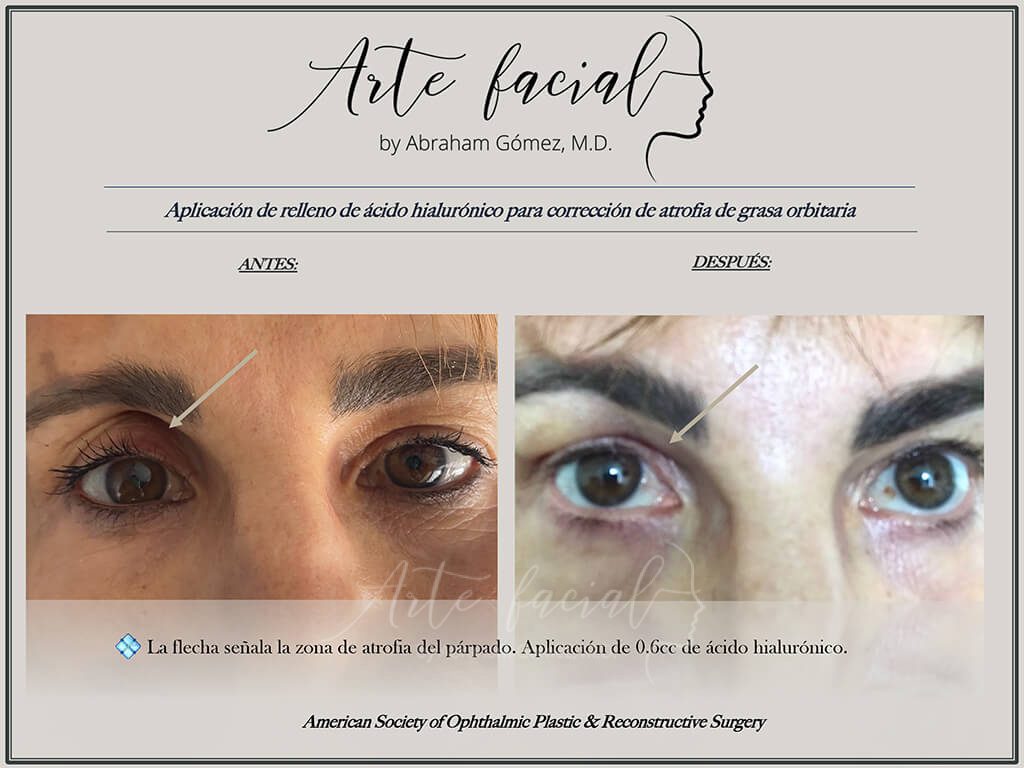
Basal cell carcinoma is a frequent eyelid skin cancer associated with sun exposure. Although it appears more often in older patients, this cancer may also affect younger people. Due to its malignant nature, treatment of these eyelid lesions is always surgical resection. The resection should be done by an experienced eyelid specialist (oculoplastic surgeon) using conservative techniques, such as Mohs micrographic surgery.
Full resection of the eyelid tumor is the number one priority in such cases, no matter the lesion size. To clarify, the surgeon should never compromise the complete resection of cancer for an easier reconstruction or a better aesthetic outcome. Having said that, maintaining the cosmesis and functionality of the eyelid after tumor resection is fundamental for the oculoplastic surgeon.
The functionality of the eyelids is the first thing to consider in eyelid reconstruction after tumor resection. This point refers to the eyelid as a barrier that protects the ocular surface, particularly the cornea. The cornea can quickly become dry, ulcerated, or infected without proper eyelid function, leading to potentially catastrophic visual sequelae. Therefore, maintaining proper blinking and full eyelid closure is paramount in eyelid reconstruction.
For some patients, especially younger ones, the aesthetic outcome is perhaps the essential aspect of the operation. The first thing to say regarding preventing scars after lesion removal is that there will always be a scar after removal an eyelid tumor. Very small or superficial lesions will leave inconspicuous scars. On the other hand, large tumors, which require complex reconstruction of eyelid tissues, will more likely leave a visible scar. The best way to prevent an ugly scar is to adhere to microsurgical eyelid reconstruction techniques, taking special care to handle the tissues delicately and being meticulous. Therefore, a surgeon’s experience in microsurgical reconstructions goes a long way toward preventing unsightly scars.
What if there is already a scar after the operation? In that case, scar revision techniques, either surgical or non-surgical, can improve eyelid cosmesis. Surgical scar revision should be done no less than 3 to 6 months after the first operation since waiting allows tissues time to heal. Also, revising a scar that has not matured is not a good idea. Other non-surgical options include C02 laser, chemical peels, and hyaluronic acid dermal fillers.
With the delicate nature of eyelid reconstruction, the most important advice we can offer is to seek the expertise of an experienced oculoplastic surgeon.










 |
|